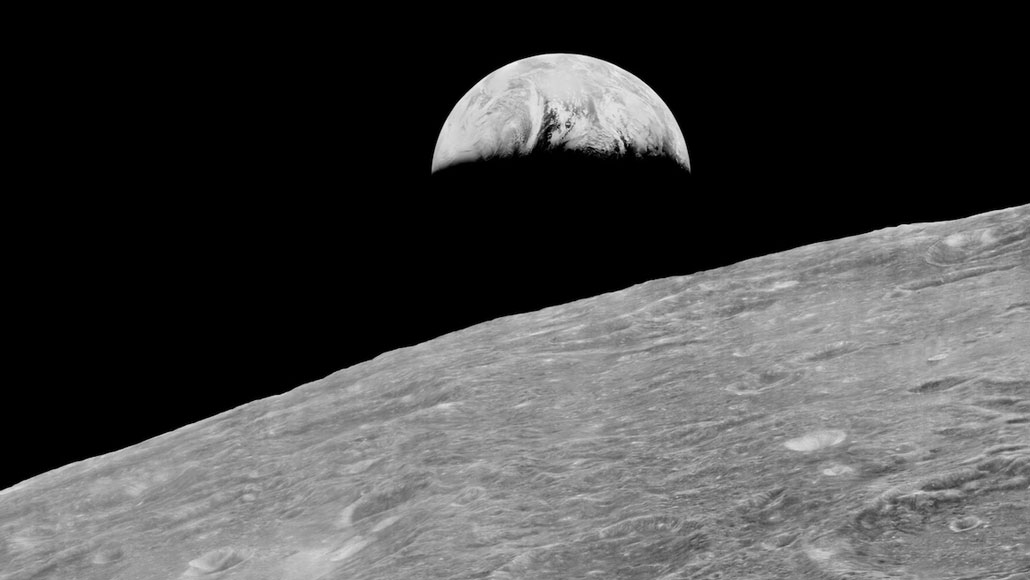The sterile moon may still hold hints of how life began on Earth
Lunar south pole ice may be worth protecting even if contamination elsewhere isn’t a risk

After decades of human and robotic exploration, we still haven’t found evidence that alien life ever existed on the moon.
NASA/Ames Research Center/Lunar Orbiter Image Recovery Project








